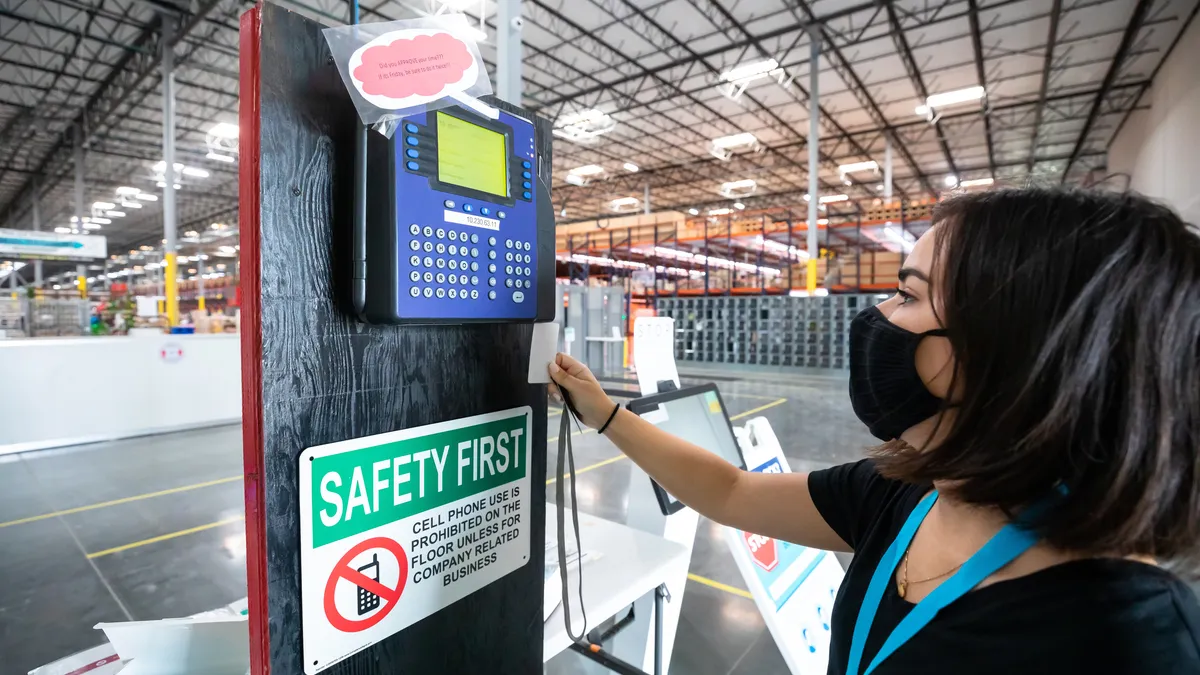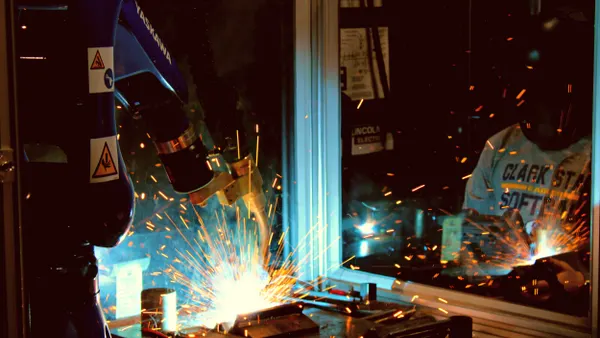Dive Brief:
- Reskilling allows talent to become much more adaptable and flexible in the workplace, says Christopher Pappas, the founder of eLearning Industry. He provides 7 expert tips that any learning and design leader can use to reskill and improve the performance of employees.
-
Reskilling efforts begin with an evaluation of current workforce needs, pre-assessments to identify any gaps, and surveys that point to the unique knowledge of team members. “Many corporate learners aren't even aware that they possess certain skill sets or special abilities. However, these unique traits give them a head start when it's time to reskill,” Pappas says.
-
Skillsharing webinars with active participation from learners can also transfer skills to others, even if they are hobby-based. Mentoring programs can serve the same purpose. By using technology to capture information, cross-functional skills can be shared in a fun, social environment.
Dive Insight:
The idea of sharing skills and reskilling employees is not a new one, but the approach that Pappas takes is. "Think of skills as a commodity. Certain corporate learners possess valuable traits that they can pass on to their peers," he says.
Pappas recommends that development leaders conduct a skills assessment for the entire organization and then individual skill development plans can be better managed through focused reskilling.
Take into account the many skills that employees bring to the table, many of which go unused in a job. There are interests that can easily transfer into work-related skills for others. It's important for employers to utilize all the knowledge that employees have for greater innovation and career advancement.









